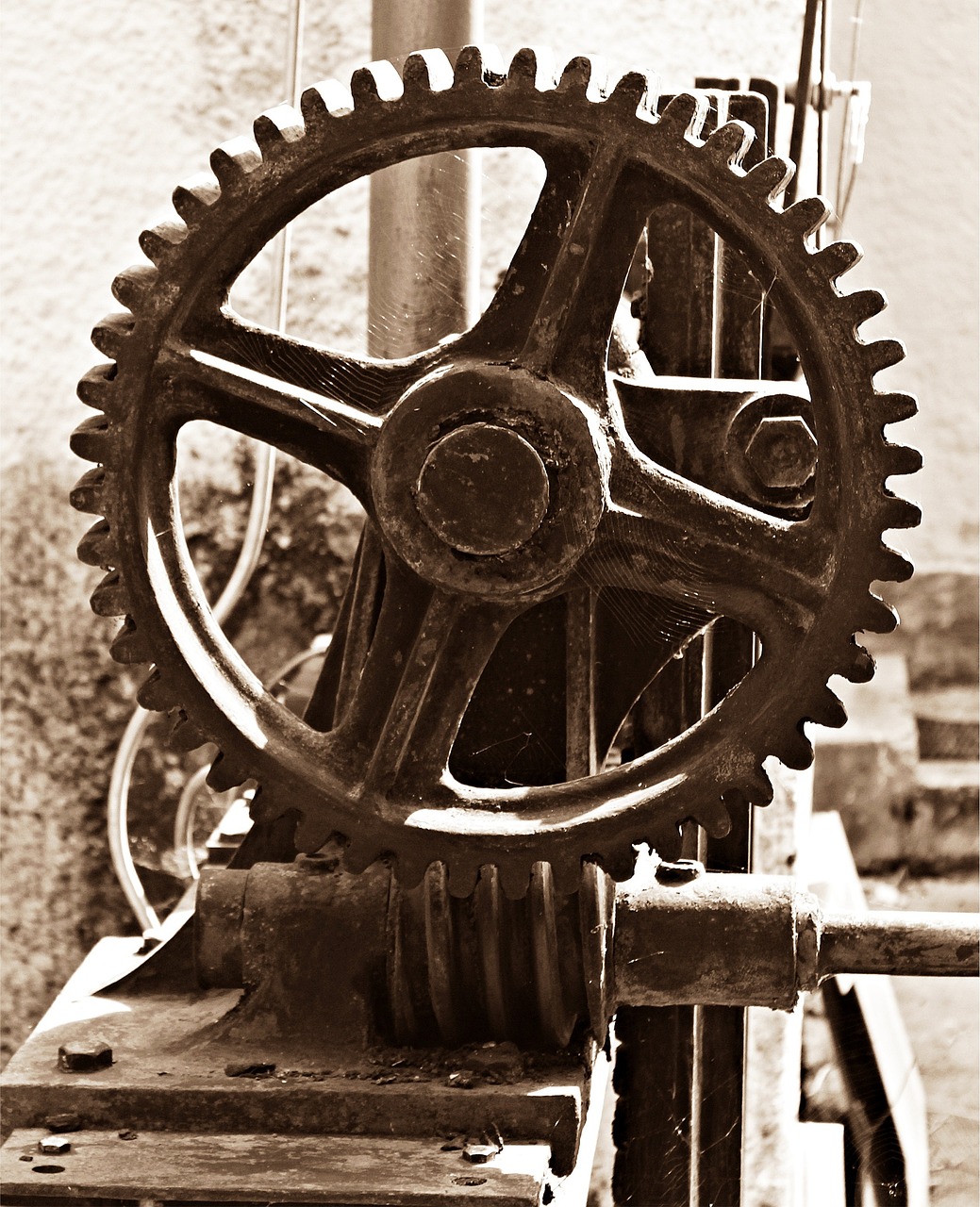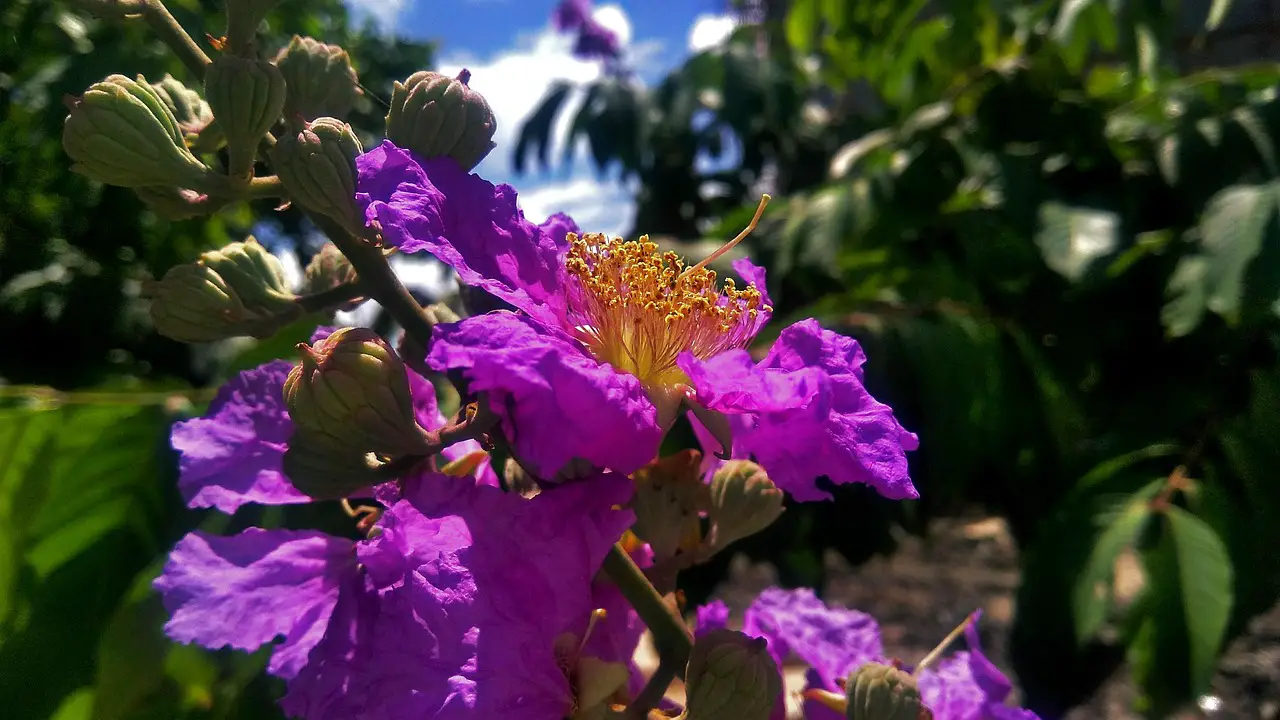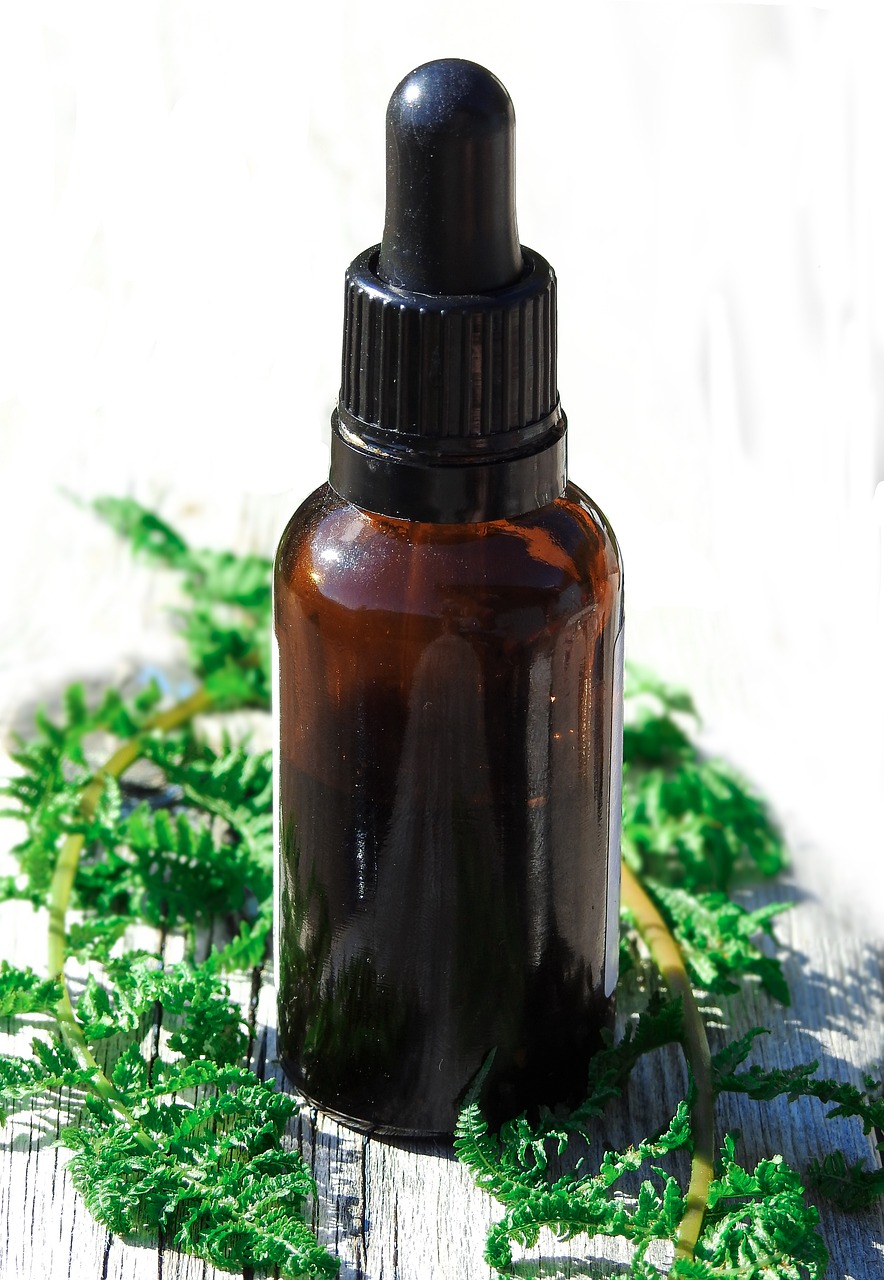Essential garden gear for serious gardeners includes tools like a sturdy spade, quality pruners, a hoe, a rake, and a watering can. These tools help in planting, maintaining, and nurturing plants effectively, ensuring a thriving garden.
Understanding the Importance of Quality Garden Tools

For anyone passionate about gardening, having the right tools is crucial. Quality garden tools not only make tasks easier but also enhance the overall gardening experience. The right equipment can save time and effort while providing better results. Serious gardeners understand that investing in essential gear is an investment in their garden’s health and productivity.
A well-equipped gardener can manage various tasks such as planting, weeding, pruning, and watering with efficiency. The right tools can help prevent strain or injury, allowing for a more enjoyable gardening experience. Moreover, using quality tools can lead to better plant care, which ultimately yields a more bountiful harvest.
Key Tools Every Gardener Should Have
When it comes to essential garden gear, specific tools stand out due to their versatility and effectiveness. Below is a list of must-have tools that every serious gardener should consider:
- Spade: Ideal for digging, edging, and turning soil. A good spade has a sharp edge for cutting through tough ground.
- Pruners: Essential for trimming and shaping plants, pruners help maintain healthy growth by removing dead or overgrown branches.
- Hoe: Perfect for cultivating soil and removing weeds. A hoe allows gardeners to break up soil easily without excessive bending.
- Rake: Useful for gathering leaves and debris as well as leveling soil. Rakes can be essential in maintaining a clean workspace.
- Watering Can: An indispensable tool for providing hydration to plants, especially in areas where hoses are impractical.
Choosing the Right Tools
Selecting the appropriate tools involves considering factors such as ergonomic design, material quality, and functionality. Ergonomics play a vital role in reducing strain during prolonged use. Tools that are lightweight yet durable can help prevent fatigue while working in the garden.
Material quality is equally important. Stainless steel or high-carbon steel tools tend to last longer than those made from lower-quality materials. Investing in tools made from sturdy materials can provide years of reliable service.
The Benefits of Using Quality Tools
Utilizing high-quality garden tools offers several advantages:
- Increased Efficiency: Quality tools perform better and make tasks quicker to complete.
- Improved Results: Well-designed tools promote healthier plants through better care.
- Longevity: Durable tools save money over time as they do not need frequent replacement.
The Cost of Essential Garden Gear
While investing in quality garden tools may require a higher initial expense, the long-term benefits often outweigh these costs. Below is a simple overview of estimated costs for some essential tools:
| Tool | Estimated Cost ($) |
|---|---|
| Spade | 30 – 60 |
| Pruners | 15 – 50 |
| Hoe | 20 – 40 |
| Rake | 15 – 30 |
| Watering Can | 10 – 25 |
By understanding the importance of these tools and making informed choices, serious gardeners can cultivate their gardens more effectively and enjoyably.
Essential Accessories for Your Garden Tools
In addition to main gardening tools, having the right accessories can enhance your gardening experience. Accessories not only improve efficiency but also ensure that your tools are well-maintained and effective. Below, we will explore some essential accessories that every serious gardener should consider.
Tool Storage Solutions
Proper storage of gardening tools is crucial for maintaining their longevity and performance. Investing in storage solutions can keep your tools organized and easily accessible. Here are some popular options:
- Tool Sheds: A dedicated tool shed can house all your gardening gear in one location, protecting them from the elements.
- Garden Tool Organizers: Wall-mounted or free-standing organizers can help keep tools off the ground, reducing wear and tear.
- Tool Bags: A sturdy tool bag allows for easy transport of essential tools while working in different areas of the garden.
Maintenance Supplies
To keep your gardening equipment in optimal condition, regular maintenance is necessary. Some essential maintenance supplies include:
- Oil or Lubricant: Regularly oiling moving parts of tools such as pruners and shears prevents rust and ensures smooth operation.
- Cleaning Brushes: These tools help remove dirt and debris from your equipment, which can prolong their lifespan.
- Sharpening Tools: Keeping cutting tools sharp enhances performance and safety. A sharpening stone or file is essential for this task.
Safety Gear for Gardeners
Gardening can involve physical labor and sometimes hazardous tasks. Wearing appropriate safety gear helps protect you while you work. Here are some important safety items:
- Gloves: A good pair of gloves protects your hands from thorns, splinters, and chemicals.
- Safety Glasses: Protect your eyes from flying debris while using tools like string trimmers or when performing heavy-duty tasks.
- Knee Pads: For gardeners who spend a lot of time kneeling, knee pads provide comfort and protection from hard surfaces.
Specialized Gardening Tools
Some gardening tasks require specialized tools that cater to specific needs. Below are examples of specialized tools that can make certain gardening tasks more manageable:
Trowels
A trowel is an essential tool for planting, transplanting, and digging small holes. It is particularly useful for container gardening or working in tight spaces. A quality trowel will have a sturdy blade and an ergonomic handle for comfortable use.
Forks
Garden forks come in various designs, such as spading forks or cultivator forks. They are invaluable for loosening soil, aerating compost, and turning over soil in garden beds. The right fork can make soil preparation much easier.
Edgers
A lawn edger is designed to create clean edges along driveways, sidewalks, and flower beds. This tool helps maintain a neat appearance in the garden and can also prevent grass from encroaching on flower beds.
Weeders
Weeding can be a daunting task, but specialized weeders make it simpler. These tools are designed to remove weeds effectively without damaging surrounding plants. Investing in a quality weeder can save time and effort in maintaining a healthy garden.
The Importance of Seasonal Tools
Different seasons call for different gardening tools. As seasons change, so do gardening tasks. Understanding which tools to use during specific times of the year is vital for maintaining an efficient gardening routine. For example:
- Spring: Tools for planting seeds and preparing soil are essential as you start your gardening season.
- Summer: Watering tools become a priority to ensure plants receive adequate moisture during hot months.
- Fall: Rakes and garden carts are necessary for collecting leaves and preparing gardens for winter.
By thoughtfully considering these aspects of gardening gear, serious gardeners can create an effective toolkit tailored to their specific needs and seasonal requirements.

Innovative Gardening Technology
In recent years, gardening technology has evolved significantly, offering new solutions to traditional gardening challenges. These innovations can enhance efficiency, improve plant care, and even make gardening more accessible for people of all skill levels. Below, we explore some of the latest technological advancements that serious gardeners should consider incorporating into their practices.
Smart Garden Systems
Smart garden systems use technology to automate various gardening tasks, making it easier to maintain a healthy garden. These systems often include:
- Automated Watering Systems: Drip irrigation and sprinkler systems can be programmed to deliver precise amounts of water at scheduled times, conserving water and ensuring plants receive the right hydration.
- Soil Sensors: These devices monitor soil moisture levels and nutrient content, providing real-time data to help gardeners make informed decisions about watering and fertilizing.
- Smart Plant Monitors: With sensors that track plant health, gardeners can receive alerts on plant needs, such as light exposure and water levels, directly to their smartphones.
Garden Management Apps
Mobile applications designed for garden management can help gardeners track their activities, plan layouts, and monitor plant growth. Some benefits of using these apps include:
- Task Reminders: Set reminders for watering, fertilizing, and pruning to ensure no important tasks are overlooked.
- Plant Database: Access to an extensive database of plants can help gardeners learn about specific care requirements for each type.
- Garden Design Tools: Visualize garden layouts with design features that allow users to arrange plants digitally before planting.
Eco-Friendly Gardening Gear

As environmental concerns grow, many gardeners are turning to eco-friendly tools and practices. Using sustainable gear not only benefits the planet but also promotes healthier gardening practices. Here are some eco-friendly options:
Biodgradable Plant Pots
Biodegradable pots made from materials like coconut coir or recycled paper are excellent alternatives to plastic pots. They break down naturally in the soil, reducing waste and providing added nutrients to the plants.
Compost Bins
Creating compost is a fantastic way to recycle kitchen scraps and yard waste while enriching garden soil. Various compost bin options are available:
- Traditional Compost Bins: Simple bins with airflow are effective for creating compost over time.
- Tumbling Composters: These bins allow for easy mixing and aerating of compost materials, speeding up the decomposition process.
Sustainable Garden Tools
When selecting tools, gardeners should consider those made from sustainable materials. For example:
- Bamboo Handles: Tools with bamboo handles are durable and renewable compared to traditional plastic handles.
- Recycled Steel Blades: Tools made from recycled steel can reduce environmental impact while providing excellent durability.
Gardening Techniques for Efficiency
Employing efficient gardening techniques can help maximize yield while minimizing effort. Here are some methods that serious gardeners may find beneficial:
Raised Bed Gardening
Raised beds offer several advantages over traditional gardening methods. They improve drainage, provide better soil quality, and reduce weed growth. Additionally, they make gardening more accessible for individuals with mobility challenges.
No-Till Gardening
No-till gardening is a technique that minimizes soil disturbance. By avoiding tilling, gardeners preserve soil structure and promote beneficial microorganisms. This method can lead to healthier plants and reduced erosion.
Companion Planting
This technique involves planting different species close together to enhance growth and deter pests. For instance, planting marigolds alongside vegetables can help repel harmful insects while attracting beneficial pollinators.
By integrating innovative technologies, eco-friendly tools, and efficient gardening techniques, serious gardeners can enhance their gardening practices while promoting sustainability and productivity.
Maximizing Your Gardening Experience

To truly make the most of your gardening experience, it is essential to regularly evaluate and adapt your practices. Whether you are a novice or a seasoned gardener, understanding the nuances of your specific gardening environment can lead to better outcomes. Here are additional tips to consider for maximizing your gardening efforts:
Soil Testing and Amendments
A healthy garden begins with quality soil. Conducting regular soil tests can provide insights into nutrient levels and pH balance. Based on these results, you can make informed decisions about amendments such as:
- Organic Matter: Adding compost or aged manure can improve soil structure and fertility.
- Mineral Additions: Nutrients like lime or sulfur can be used to adjust pH levels and enhance nutrient availability.
- Mulching: Applying organic mulches can help retain moisture, suppress weeds, and gradually improve soil health as they decompose.
Seasonal Crop Rotation
Implementing crop rotation is a beneficial practice that helps prevent soil depletion and pest infestations. By rotating crops annually, you can:
- Improve Soil Fertility: Different plants require various nutrients, so rotating them helps balance nutrient demands.
- Reduce Disease Risks: Rotating crops can disrupt pest and disease cycles, leading to healthier plants.
- Optimize Plant Growth: Each crop contributes to the soil in unique ways, promoting biodiversity and resilience.
Community and Resources
Engaging with the gardening community can provide valuable insights and support. Connecting with fellow gardeners allows for knowledge sharing and inspiration. Consider exploring local gardening clubs, online forums, or social media groups related to gardening. Additionally, local extension services often offer resources, workshops, and seminars to help gardeners stay informed about best practices.
Gardening Books and Online Resources
The world of gardening literature is vast. Whether you prefer books or online resources, there are countless materials available to deepen your understanding of gardening techniques, plant care, and sustainable practices. Some recommended resources include:
- Books: Look for titles that focus on specific techniques, plant types, or regional gardening advice.
- Websites: Many universities and gardening organizations provide extensive online resources with articles, guides, and videos.
- YouTube Channels: Video tutorials can offer visual guidance on various gardening tasks, making learning more approachable.
Final Thoughts
Gardening is a rewarding endeavor that requires thoughtful planning, quality tools, and effective techniques. By equipping yourself with essential gear and embracing innovative practices, you can cultivate a thriving garden that brings joy and nourishment. Remember that every gardener’s journey is unique; what works for one may not work for another. Therefore, it is important to remain adaptable and patient as you learn through experience.
The tools discussed throughout this article serve as a foundation for any serious gardener. From essential tools like spades and pruners to innovative technologies and eco-friendly options, each aspect contributes to a more enjoyable gardening experience. Moreover, by staying engaged with the gardening community and continuing to educate yourself, you can further enhance your skills and knowledge.
Ultimately, whether you are growing flowers for beauty or vegetables for sustenance, the satisfaction of nurturing plants and witnessing their growth is unparalleled. Embrace the journey of gardening with enthusiasm and curiosity, and watch as your efforts blossom into a beautiful and fruitful garden.
